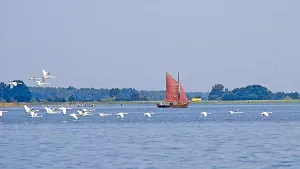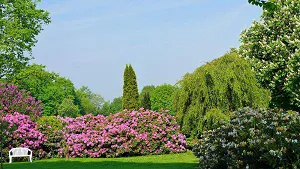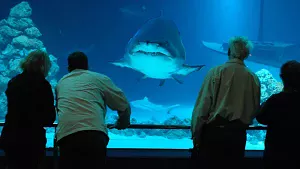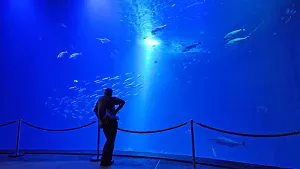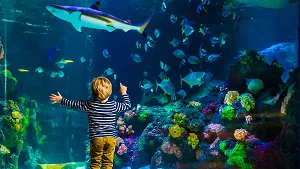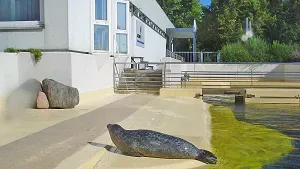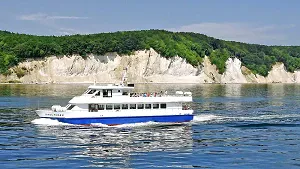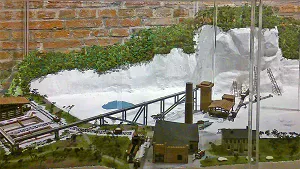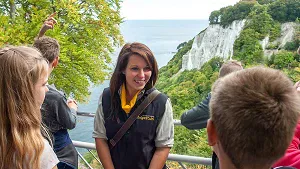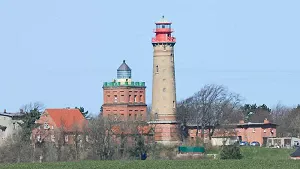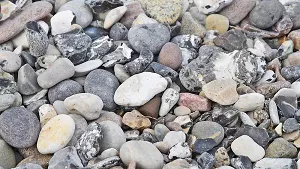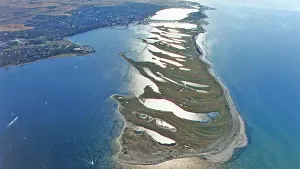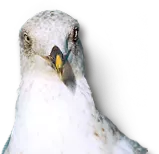This national park is situated in the east of the Baltic Coast area, in the county Vorpommern.
The National Park "Vorpommersche Boddenlandschaft" comprises of nearly 200,000 acres of undisturbed
nature and is therefore the biggest in Central Europe. Marshland, special sea grass islands, spits,
lakes between Bodden and the sea, mud flats, steep cliffs and flat coasts, original wooded parts along
the coast and one of the biggest reservation area for cranes are being looked after and protected here.
You can visit most of the park on your own or on guided tours.
